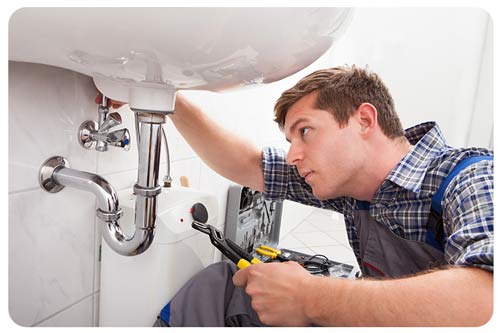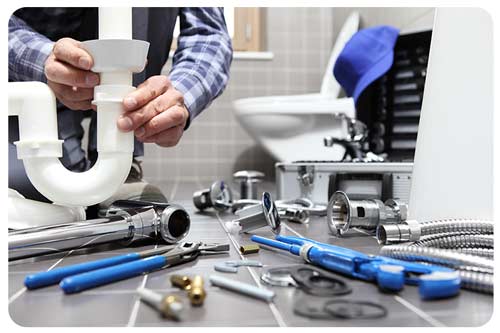About sewer backup coverage in Canada
Imagine this: you come home to find sewage backing up into your basement. The smell is overwhelming, the damage is extensive, and the cleanup is a nightmare. This isn't a scene from a horror movie; it's a very real risk for Canadian homeowners.
While basic home insurance often doesn't cover this devastating event, sewer backup can cause thousands of dollars in damage to your property and belongings. That's where sewer backup insurance comes in. It's a crucial add-on, often called a rider or endorsement, that protects you from the financial burden of a sewer backup.
Don't wait until disaster strikes – let ThinkInsure help you find the right sewer backup insurance coverage to safeguard your home and peace of mind. Learn more below about how this essential protection works and how we can help you secure the best rates for sewer backup coverage.
Key takeaways about sewer backup insurance:
- Sewer backups, caused by city sewer issues or plumbing blockages, are not covered by basic home insurance.
- Sewer backup protection can be added to your home insurance for an additional cost, typically ranging from $20 to $250 annually.
- Consider a sewer backup rider/endorsement for added protection against cleanup, repair, and replacement costs, but be aware of coverage limits and higher deductibles.
- Condo and apartment residents. Landlord insurance doesn't cover tenant belongings damaged by sewer backups, so tenants need their own coverage.

















